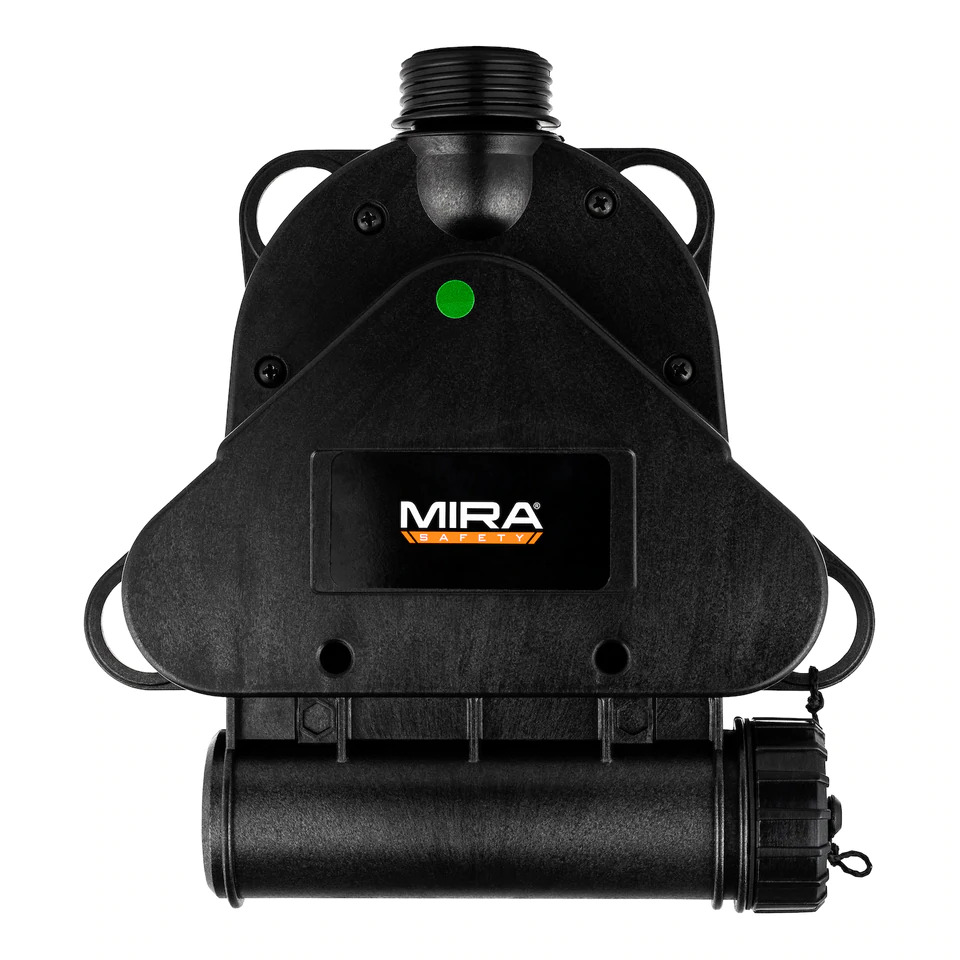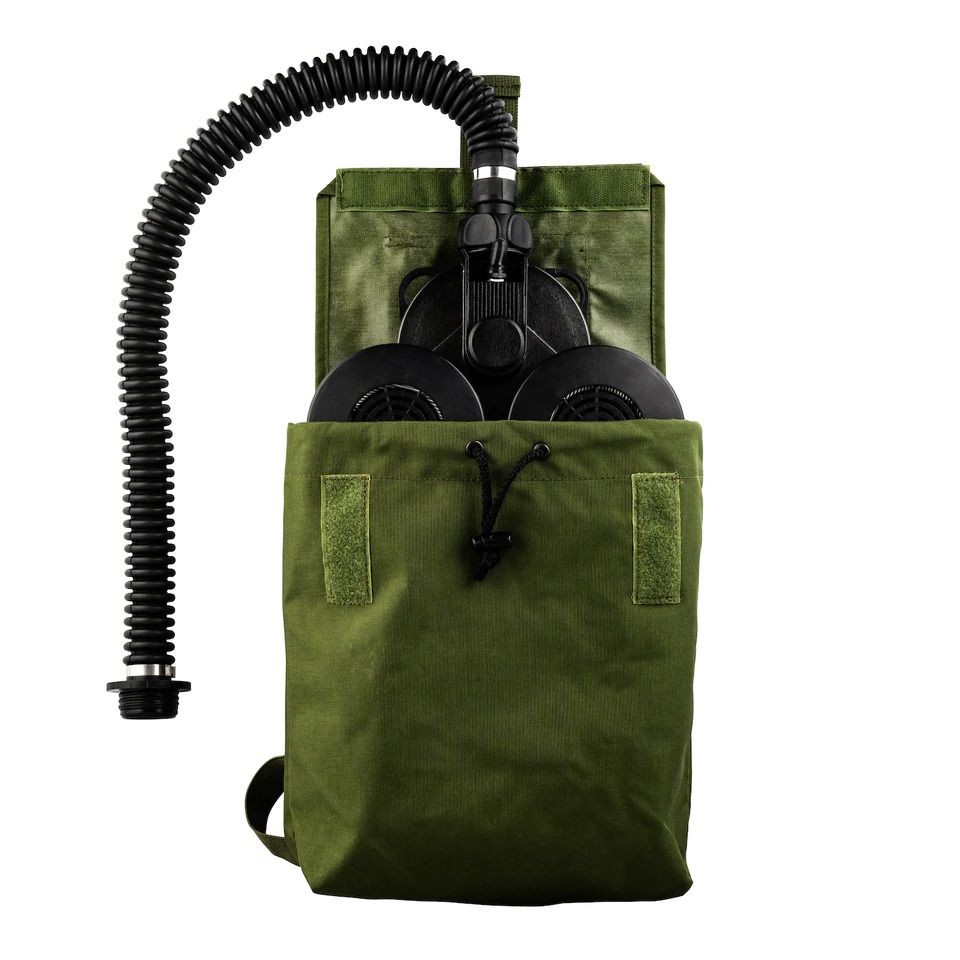Air purifying respirators (APRs) filter contaminants to provide the wearer with safe, breathable air. APRs use filters, specifically selected for the anticipated contaminants, to remove hazardous dusts or vapors.
APR’s come in positive and negative-pressure varieties. Negative pressure respirators must be tight-fitting on the face of the wearer. In industrial settings, OSHA requires that the wearer be medically cleared and fit-tested for the particular make, model, and size of respirator they will be wearing. Anything that interferes with the seal of the respirator (such as facial hair, and sometimes facial features), renders tight-fitting respirators less effective. US workers wearing respirators must be clean-shaven, having no more than 24-hours facial hair growth in the sealing area of the respirator according to Federal Standards.
Because the wearer’s lungs must exert extra effort to pull the air through the filters of a negative-pressure respirator, this can effect how well they are able to breathe. As the APR’s filters clog with dust and other material, the amount of effort required to inhale can increase until breathing becomes difficult. Medical conditions like asthma, high blood pressure, or lung injury can even make negative-pressure respirator use dangerous for some individuals, particularly during activities with increased physical exertion.
A Powered Air-Purifying Respirator or PAPR, takes some of that effort off the user’s lungs by using a motorized attachment to pull air through the filters, then supply it into the respirator by way of a hose system. This keeps the pressure inside the respirator positive, which not only makes it easier to breathe, but helps protect users better even if they don’t quite have a perfect fit. There isn’t any way for the contaminant to get sucked into the respirator as long as the mask remains pressurized. “Tight-fitting” PAPR’s still require the user to have a correct fit and be clean shaven, but “loose fitting” PAPR’s can work for the bearded among us by supplying air to a hood that goes around the user’s head and neck. The pressure inside the hood remains positive, preventing any atmospheric contaminants from making it into the hood.
When selecting respiratory protection for children, the elderly, or anyone with breathing issues, a positive-pressure respirator is going to provide a better level of protection and comfort.
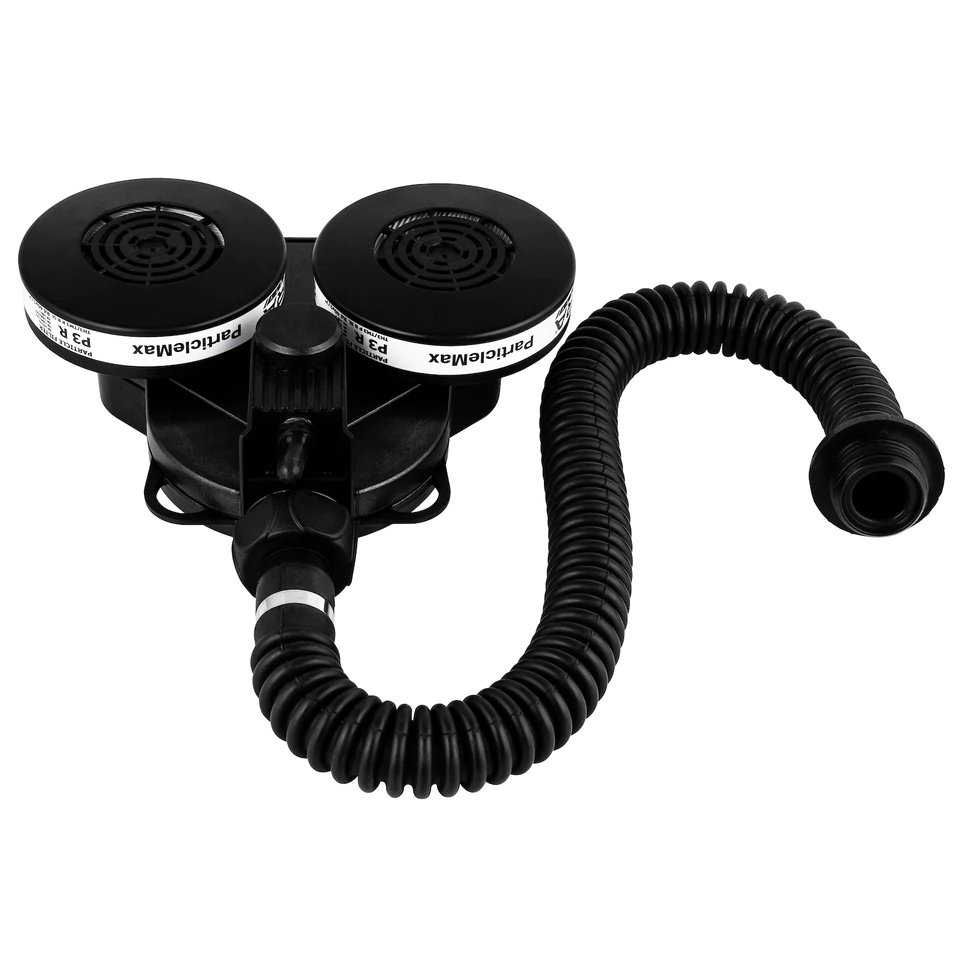
The MB-90 is a battery-powered, motorized, detachable unit that will upgrade any standard gas mask or tight-fitting respirator that uses NATO 40mm filtering cartridges into a tight-fitting PAPR. Some commercial full-face respirators may require a hose adapter to make them compatible with the 40mm hose connector.
Using 8 standard AA batteries, the MB-90 will provide up to 12 hours of run time at a sustained airflow rate of 90 liters per minute. While this flow rate is adequate for most private, non-industrial use, keep in mind there are workplace safety standards that require a minimum of 115 liters/minute for tight-fitting PAPRs and 170 liters per minute for loose-fitting PAPR hoods. If you are an employer, ensure you are researching the appropriate OSHA and NIOSH guidance before relying on any product required for daily workplace safety.
The MB-90 unit weighs 1.8lbs and straps to the user’s belt. It also comes with straps and its own bags for storage and carrying. It uses two 40mm CBRN filters that are attached directly to the motorized unit. The air supply hose connects directly to your respirator mask.
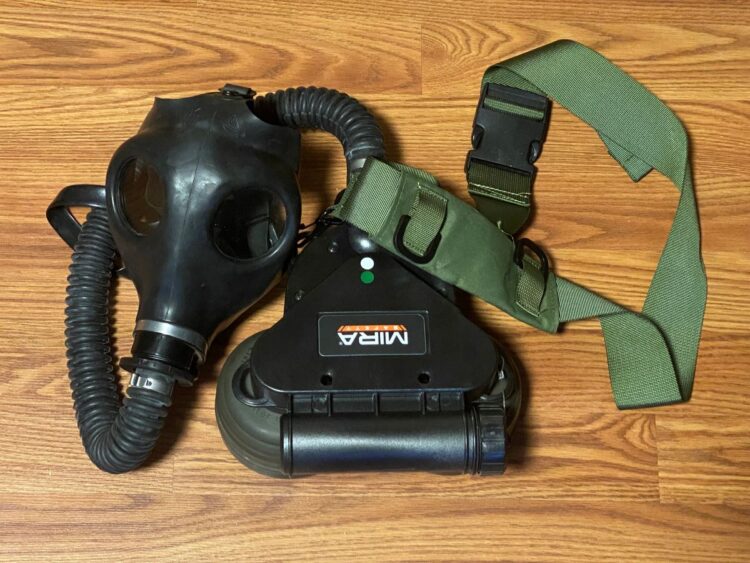
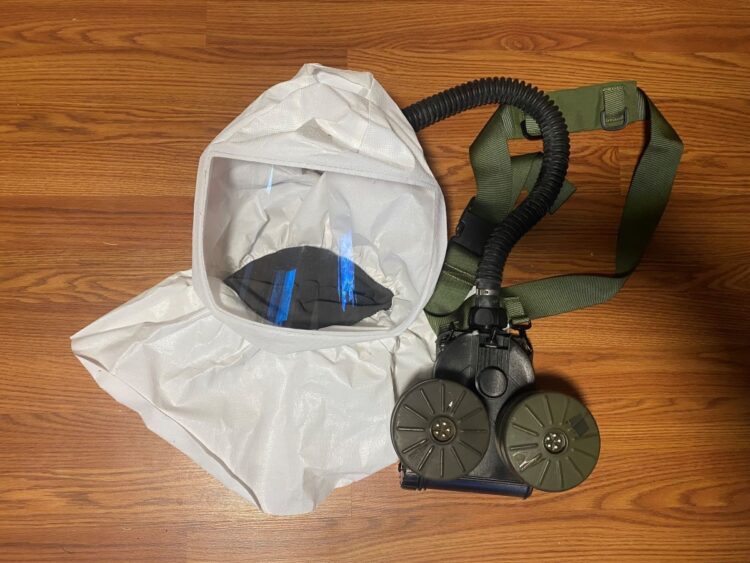
Considering the price of most industrial units (typically $1000 or more), and that the great majority of private users aren’t governed by OSHA standards, the MB-90 provides reasonably-priced protection for the hobbyist, prepper, and other individuals looking to enhance their respiratory protection equipment.
I received this product as a courtesy from the manufacturer via Spotter Up so I could test it and give my honest feedback. I am not bound by any written, verbal, or implied contract to give this product a good review. All opinions are my own and are based off my personal experience with the product.
*The views and opinions expressed on this website are solely those of the original authors and contributors. These views and opinions do not necessarily represent those of Spotter Up Magazine, the administrative staff, and/or any/all contributors to this site.
